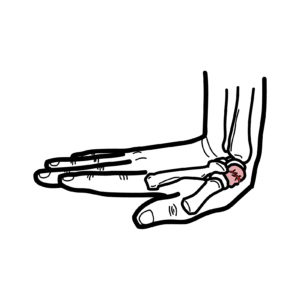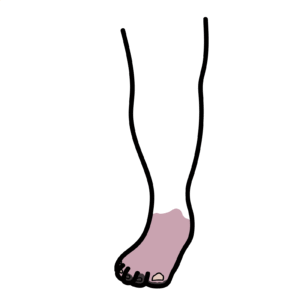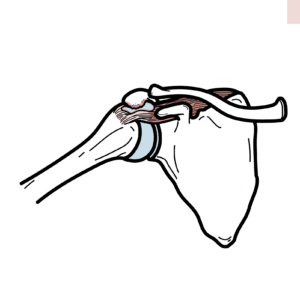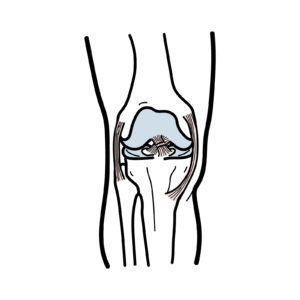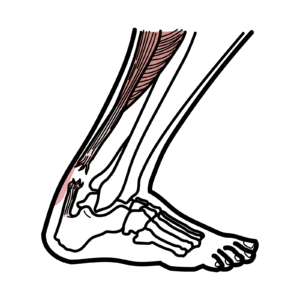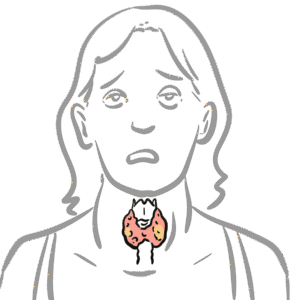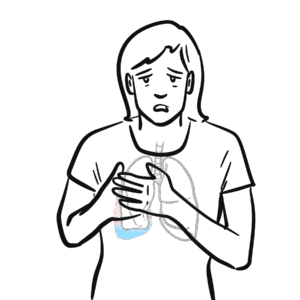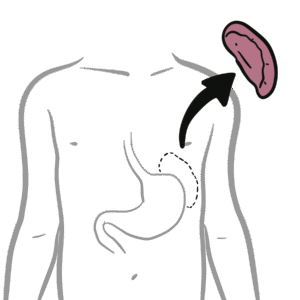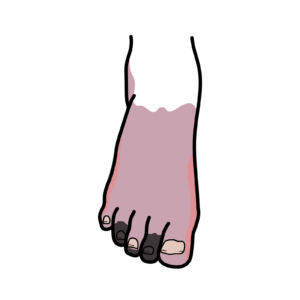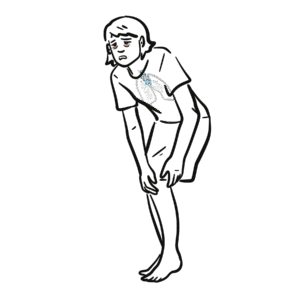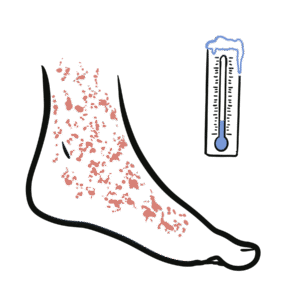Febrile neutropenia – pathophysiology and management
Febrile neutropenia is a potentially life-threatening oncologic emergency—learn its causes, diagnosis, and immediate management to protect chemotherapy patients. In this concise, clinically focused video you’ll understand what febrile neutropenia is, why neutrophils matter, and how chemotherapy-induced neutropenia (often 5–10 days after treatment) predisposes patients to rapid sepsis. Key concepts covered include neutrophil biology (primary and secondary granules, NETs), the myeloid lineage link to platelets and red cells, and the definition of febrile neutropenia (fever >38°C with ANC <500/µL or expected decline to 5 days), criteria for stopping antibiotics (afebrile for 5–7 days even if ANC remains low), and the role of granulocyte colony-stimulating factor (G-CSF such as filgrastim or lenograstim) for prophylaxis and treatment in high-risk or prolonged neutropenia. This clear, actionable guide highlights benefits for clinicians and caregivers: faster recognition, timely antibiotic initiation, appropriate cultures, and targeted use of G-CSF to reduce complications. Watch to gain confidence in identifying febrile neutropenia early and initiating lifesaving care—subscribe for more practical oncology emergency insights.




